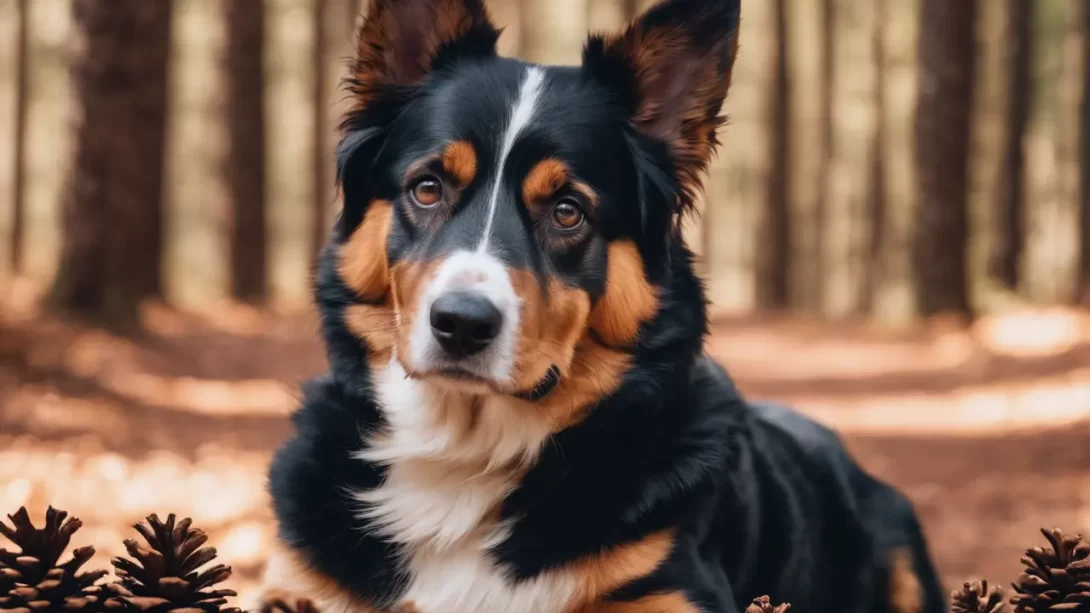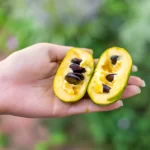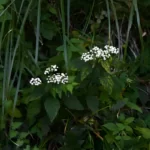Dogs, with their innate curiosity, often find themselves intrigued by the most unexpected items, and pinecones are no exception. Found in many natural settings, these woody cones can capture the attention of our four-legged friends, leading to play or chewing. However, as responsible pet owners, it’s essential to understand the safety and risks associated with dogs interacting with natural items like pinecones.
Pinecones
Pinecones are the seed-bearing cones from pine trees, playing a crucial role in the tree’s reproductive process. They come in various shapes and sizes, depending on the pine tree species they originate from. Typically found in forested areas and parks, pinecones can be an intriguing object for dogs during walks or outdoor activities. While they are a natural and commonly found item, their safety for dogs is not as straightforward.
The Risks of Pinecones to Dogs
Pinecones pose several risks to dogs, which pet owners should be aware of. Firstly, they can be a choking hazard, especially for smaller dogs or those who tend to gulp their food or toys. The size and shape of pinecones can easily obstruct a dog’s airway. Additionally, pinecones can cause intestinal blockage or damage if ingested. The woody, tough texture of pinecones is not easily digestible and can lead to gastrointestinal issues. Furthermore, the sharp edges of pinecones can cause internal injury, and the pine sap can be irritating to a dog’s mouth and stomach.
Toxicity Concerns
While pinecones themselves are not inherently toxic to dogs, certain types of pine trees can produce cones that contain substances harmful if ingested in large quantities. The sap found in pinecones can also be irritating to dogs, potentially causing gastrointestinal upset or allergic reactions. If your dog shows signs of distress such as excessive drooling, vomiting, or diarrhea after interacting with a pinecone, it is crucial to consult a veterinarian. Keeping an eye on your dog’s behavior and physical condition after they have been in contact with pinecones is important for early detection of any adverse effects.
Behavioral Considerations
Dogs might be attracted to pinecones due to their texture, smell, or simply out of curiosity. While some dogs may just play with pinecones without any issues, others might chew or attempt to eat them, which can lead to the risks outlined earlier. It’s important to distinguish between harmless play and potentially harmful behavior. Training your dog to respond to commands such as “leave it” or “drop it” can be incredibly useful in preventing them from harming themselves with pinecones. Consistent training and close supervision during outdoor activities can help mitigate the risks associated with pinecone interaction.
Safe Alternatives to Pinecones
To satisfy your dog’s chewing instincts or their desire to play with objects they find outdoors, consider providing safer alternatives. Durable rubber toys, specifically designed for dogs, can be a great substitute, offering the same level of engagement without the risks. For those who prefer natural options, there are various safe chewable items such as certain types of untreated wood sticks or specialized chew treats. These alternatives ensure your dog can still enjoy playtime and satisfy their chewing needs without the dangers associated with pinecones.
First Aid and Prevention
If you suspect your dog has ingested parts of a pinecone, there are some initial steps you can take. First, remove any remaining pieces from their reach. Observe your dog for signs of distress, such as difficulty breathing, choking, or signs of gastrointestinal discomfort. If such symptoms are present, it’s crucial to seek veterinary assistance immediately. In cases where there’s no immediate distress, ensure your dog has access to plenty of water and monitor them closely for any changes in behavior or bowel movements.
Preventing your dog’s access to pinecones is key. When in areas where pinecones are present, keep your dog on a leash or closely supervise their activities. Regular training sessions to reinforce commands like “leave it” can also be effective. For dogs that are particularly drawn to chewing or playing with pinecones, distraction with other toys or activities can help redirect their attention.
When to Seek Veterinary Care
It’s essential to know when to seek professional help. If your dog shows signs of an intestinal blockage, such as vomiting, lethargy, abdominal pain, or constipation, consult a veterinarian immediately. Additionally, if there’s any suspicion that a large piece of pinecone has been ingested, or if your dog shows persistent signs of discomfort, a veterinary examination is necessary.
Conclusion
While pinecones are not inherently toxic, they pose significant physical risks to dogs, including choking, intestinal blockage, and potential irritation from sap. Understanding these risks and taking proactive steps in training and supervision can help prevent any harmful interactions. Should your dog ingest a pinecone, knowing the appropriate first aid and when to seek veterinary care is crucial. By providing safe alternatives and maintaining vigilant supervision, you can ensure that your furry friend enjoys their outdoor adventures safely. Remember, being informed and prepared is the key to keeping your four-legged companion healthy and happy.




